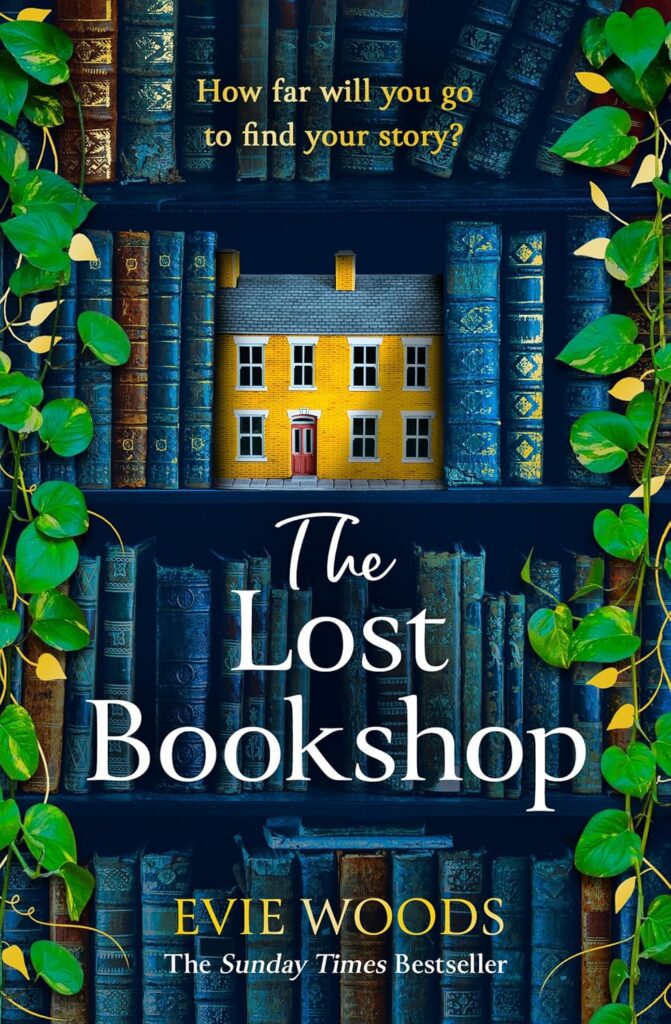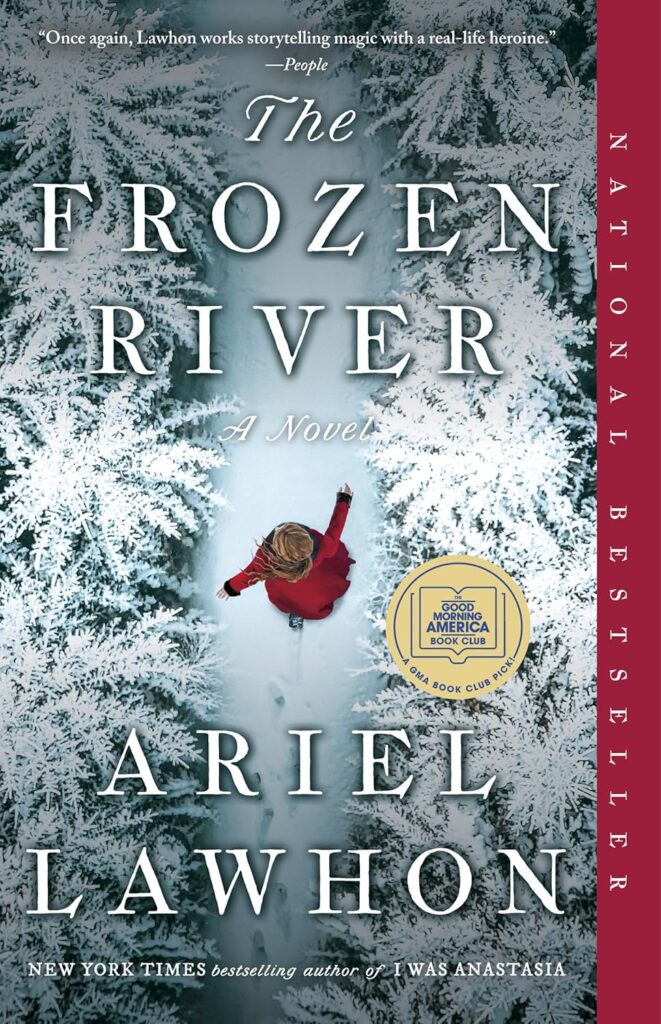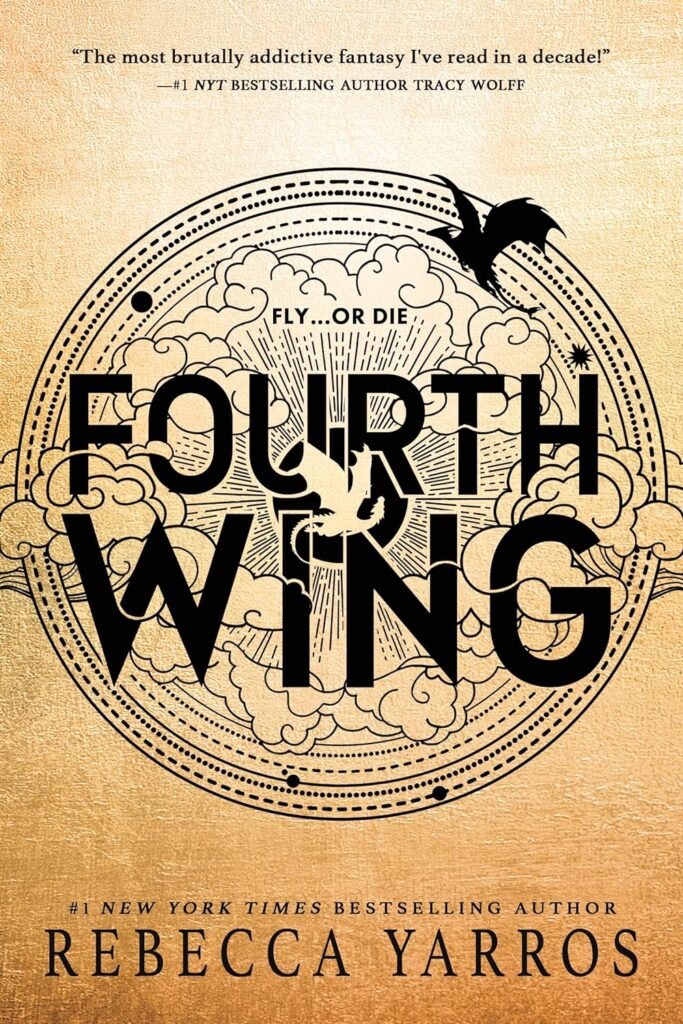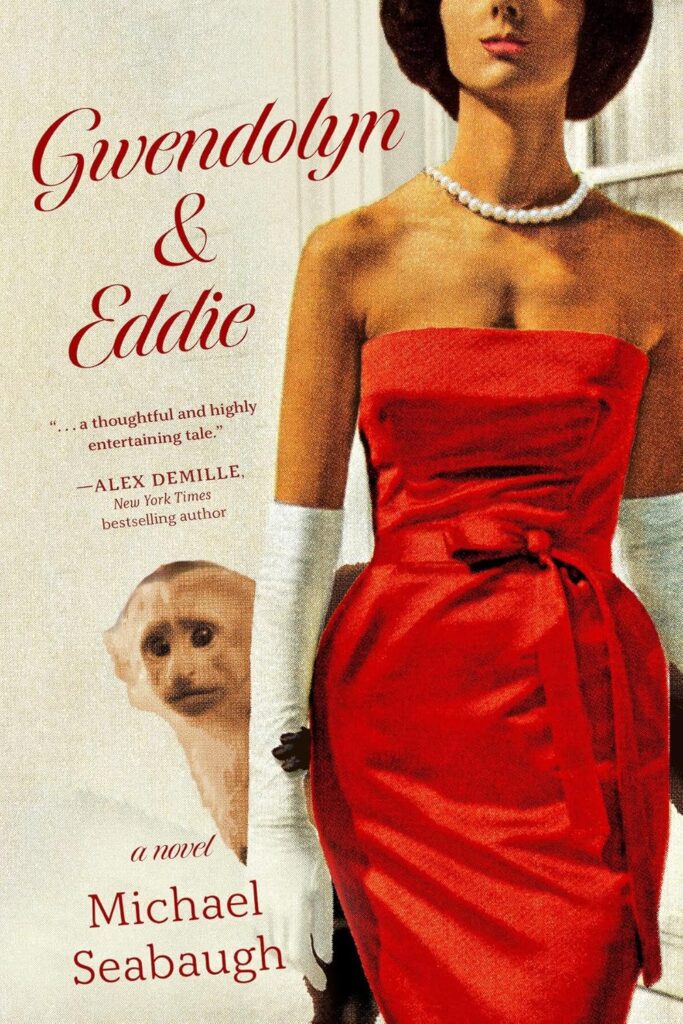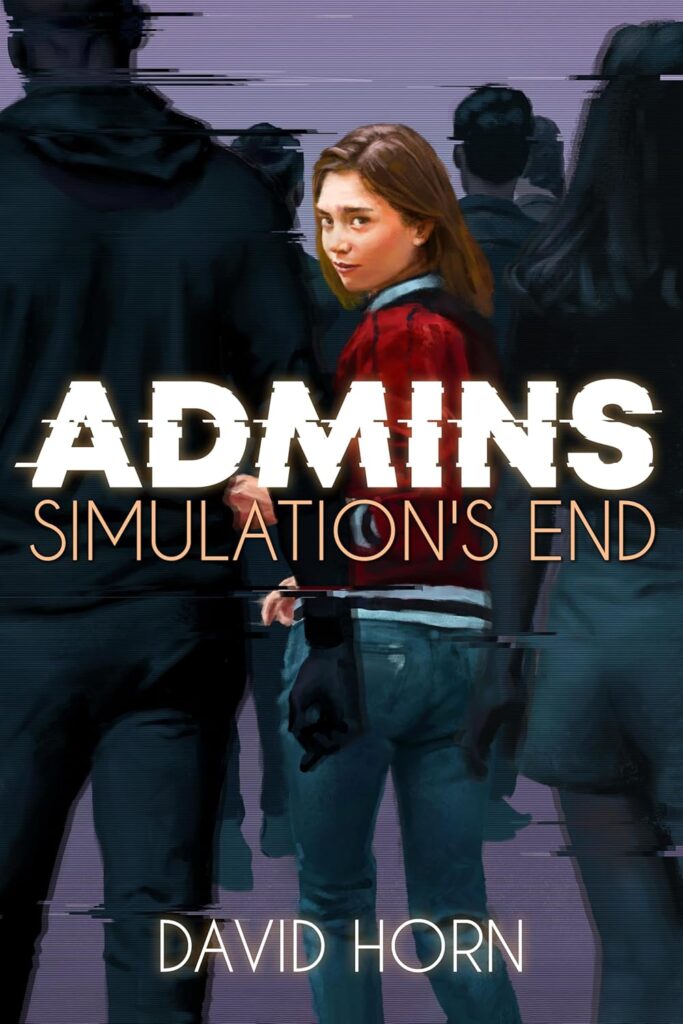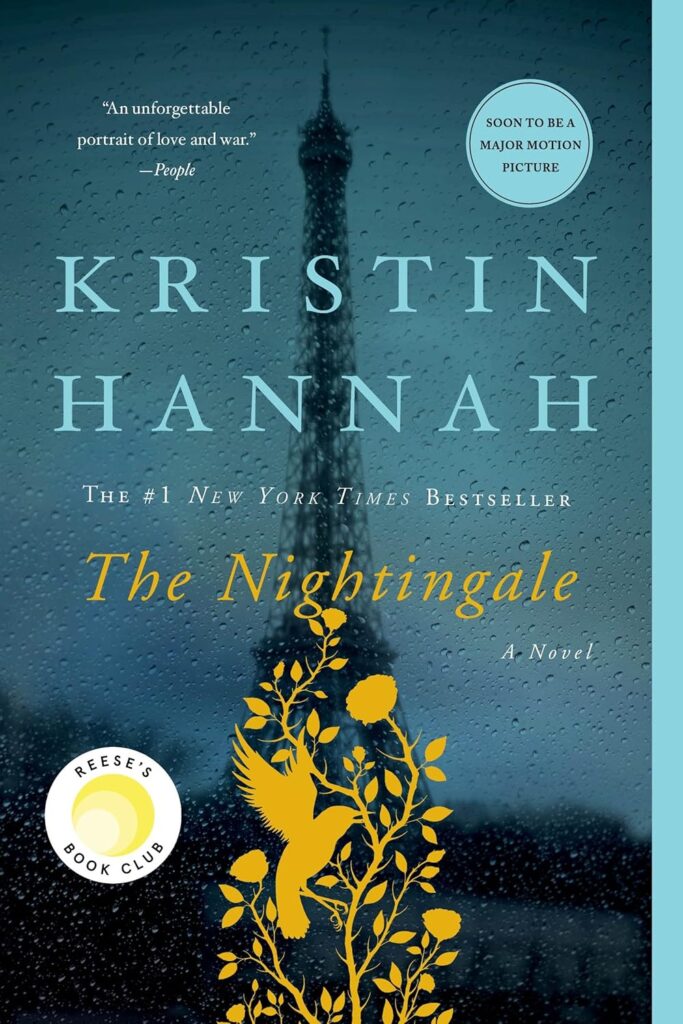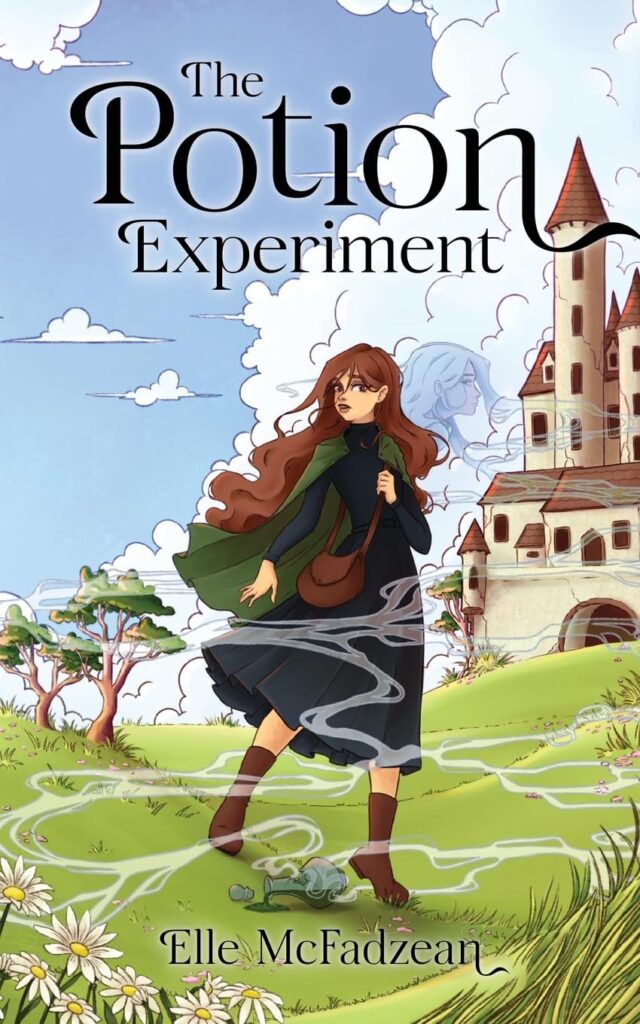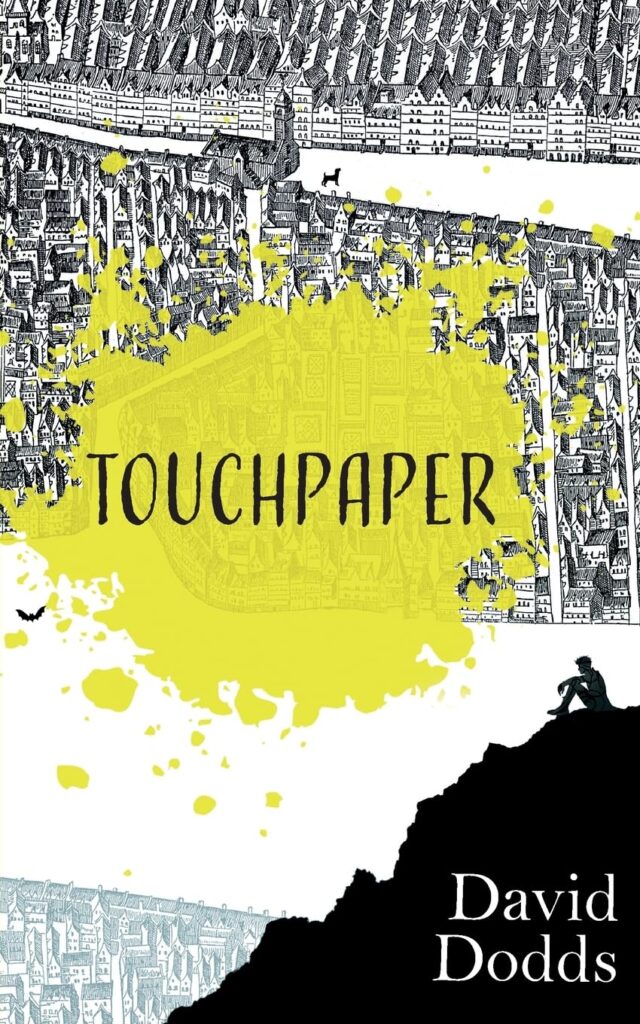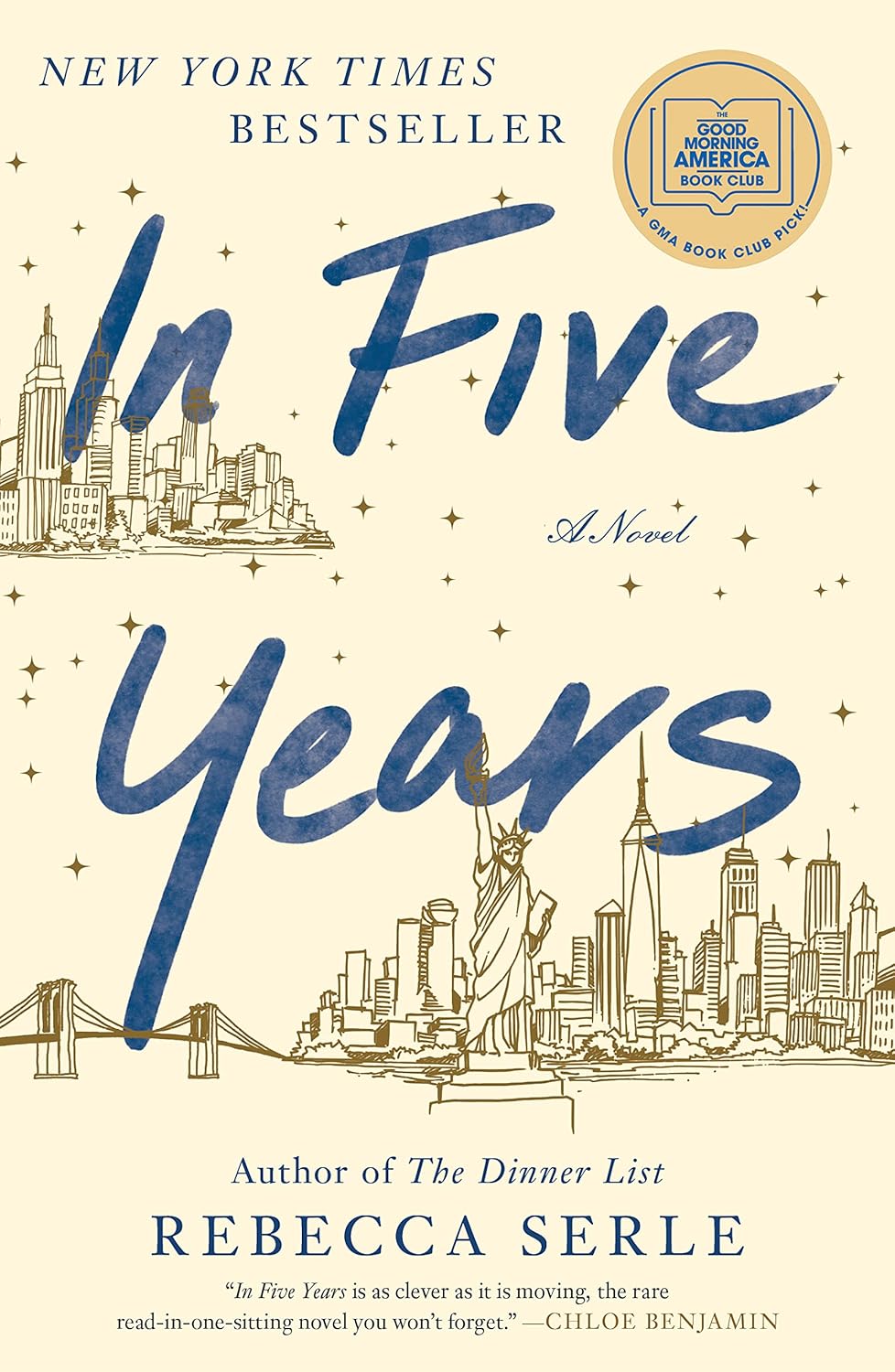Famous for her Caraval series, Stephanie Garber enchants once again with Once Upon a Broken Heart, the first dazzling installment in a new enchantingly romantic and twisted fantasy series interspersing elements of the fairy tale with darkness, love, and magic.
Follow the blurb to less foreign mythology, but on this side of the ocean, as it takes us into the mysterious and beautiful—yet deadly—land of the Magnificent North, where the Prince of Hearts, a horrible and magical being, has a penchant for playing with fate and love.
A spell-binding tale of wishes, curses and betrayals, Once Upon a Broken Heart sends you on an unforgettable journey into a world where happily-ever-afters have a price that’s far too dangerous to pay.
Garber is a lush storyteller, pulling the reader into a woven tapestry of emotion and magic and mythology. Each successive chapter builds on her meticulously constructed world, mixing the whimsy of fairy tales with the tension of high-stakes fantasy.
In this review however, we are going to delve deeper into the novel, discussing the story, the characters, the worldbuilding, the themes, and the impact of the book in the fantasy genre as a whole.
Plot Overview
You know those stories where someone is simply looking for their happily-ever-after?
When he has put his heart away and closed his door on her love, her world crumbles as she finds out the man she is in love with, Luc Navarro, is marrying someone else—her stepsister, Marisol. Heartbroken and unwilling to let her sister marry Qaira pleads with Jacks (the Prince of Hearts), one of the supernatural being known as the Fates, to try to prevent the wedding.
However, in return for his help, Jacks requests three kisses from Evangeline — to be given at the time and place of his choosing.
Before long, the agreement Evangeline makes with Jacks reveals a perilous price. Rather than rekindling her love, she becomes embroiled in a dangerous high-stakes game of fate, lies and power.
Into the North, a place of wonder and treachery alike, where the threads of reality are imbued with magic. But in a world where court politics, hidden treachery, and baffling curses run rampant, Evangeline soon learns that trusting Jacks could be the most dangerous move of all…
The pacing of the novel allows for no lulls in the action. The pep just makes sense because bends and turns are an intrinsic part of the narrative, which means what happens next is impossible to predict.
The stakes rise higher and higher in this last third of the novel as Evangeline gets sucked deeper and deeper into the North’s secrets, building to a spectacular conclusion that left readers clamoring for the next installment.
Character Analysis
Evangeline Fox
Evangeline is such a perfect heroine, she holds all the innocence, determination and hope to the fullest. Instead of ambition, or cunning like the heroines in Garber’s Caraval series, Evangeline is full of love— and belief in fairy tales. It is also her greatest weakness and her greatest strength.
The character development of Evangeline is extremely telling throughout the novel. At first, she believes that love is not something that can change; it should always win.
Yet with betrayals, a change of hearts, and danger unfolding around her, she learns that love is complicated; love isn’t always innocent. She is discovering herself anew, stripping away her illusions and realizing the hope that is her core.
Evangeline feels so realistic with her growth and I think Garber did an extremely good job with that. The struggle between trusting her friends and needing to protect herself is realistic and makes Clare a very relatable and real character.
Jacks, the Prince of Hearts
Readers with even a passing interest in the inner workings of a new life built out of loss will be taken in by Jacks, one of the rabbit hole that is the characters shaded in higher tonal and ambiguous nature of the moral.
Jacks was only very briefly introduced in Legendary, the sequel to Caraval, and he’s still just as much of a charming antihero. That combination of charm, arrogance and mercurialness makes him a real power player, he is a character Evangeline—and the audience—can never truly trust.
Jacks, unlike your usual love interests, never thinks to mask it as nobility or friendliness. He acts only out of what he wants, what he hides, and where has been hurt.
Still, the man has moments of vulnerability that speak to a deeper, more tragic character. The way he relates to Evangeline is filled with tension, snarky wit, and simmering undertones, which makes their dynamic one of the most interesting in the novel.
Garber builds Jacks carefully — a storybook villain who turns the typical narrative around a hero on its head.
This playfulness in Evangeline’s speech keeps her—and the readers—uncertain about what Matthew really intends to do, which makes him much too interesting to be one of the other dudes Evangeline meets on her journey.
Marisol
At first, Evangeline’s stepsister seems to be a Cinderella-type, living in the shadow of Evangeline’s prettiness and the people’s favor. But as the story unfolds, she is a more complex character.
While she isn’t evil per se; her insecurities and inner envy nicely complicate the plot. She shares a strained sisterly bond with Evangeline, laden with themes of jealousy, loyalty and rivalry.
Marisol develops slowly throughout the book, but her development is natural. With her, the villain is not one-dimensional — she is a character who has been made who she is due to her own experiences.
This interest, when mixed with Evangeline’s journey, encapsulates an added layer of mystery where Evangeline’s journey isn’t just personal.
World-Building and Setting
Garber has a knack for crafting vibrant, whimsical, and immersive worlds, and the Magnificent North is no different. The rich description of setting has almost a fairy-tale-like quality to it, which is dreamy and chilling at the same time.
It is a place, at once dreamlike and dangerous, drawn from the pages of a fairy tale, with dancing ballrooms, haunted castles and ever-changing scenery, the North. We get a clear split between the Southern lands, and the Northern lands, showing the variety of magic and culture, and many differents power structure way of living.
Every location in the novel feels alive, with Garber’s detail adding depth to the narrative. The sensory details are done very well and really allows the reader to experience Evangeline at her peak.
Themes and Symbolism
The Fundamental Power of Stories and Belief
Evangeline’s journey is intrinsically linked to the notion of stories creating reality. The part of her that believes in fairy tales is what makes her tick, but like everyone else, she must learn when to embrace that belief and when to question it.
Fate vs. Free Will
A recurrent motif in Once Upon a Broken Heart is whether or not foisted folk are the masters of their fate or played by some grander hand. Jacks represents the whimsy of fate, while Evangeline fights for her own autonomy. Much of the conflict in the story is driven by this tension.
Loves, Deceitfulness & Amorality
The novel at its center is about love not being a fairy tale. We see Evangeline, who at first thought the love was pure and unbreakable, have to face betrayal, manipulation and hidden agendas. It challenges the idea that love comes with a price. How much sacrifice does love require?
Final Verdict
Once Upon a Broken Heart —Summary Books Stephanie Garber weaves an almost timeless yet original story in a way only Garber can, drawing readers into a world where nothing is as it seems.
It definitely leaves a lot of questions open, but it also prepares for a great sequel which will hopefully have even more of that intrigue.
Read this if you like: Readers of fantasy, fairy tales, and complex characters who are not moral heroes It solidifies Garber’s mastery of whimsical fantasy with phenomenal world-building and storytelling.
Rating: 4.5/5 Stars
